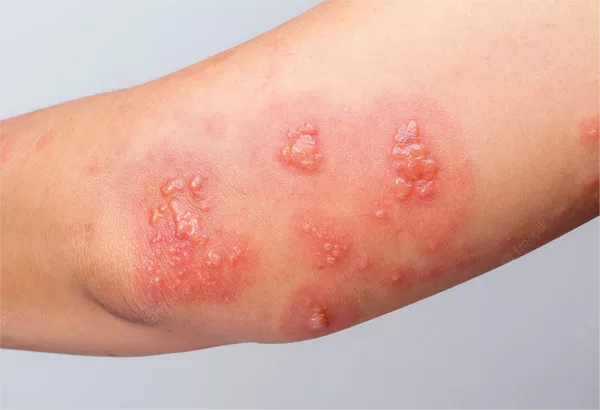As summer approaches and children spend more time outdoors, Wendy Ripple, MD, from the Department of Pediatrics at Allegheny Health Network in Erie, Pennsylvania, shared essential sun safety tips with Contemporary Pediatrics. Dr. Ripple emphasized the importance of a comprehensive approach to sun protection beyond just using sunscreen.
Many parents report that their children still experience sunburns despite using sunscreen. Dr. Ripple stressed that sunscreen should be one part of a multifaceted sun safety strategy.
“As healthcare providers, we must remind parents that sunscreen is just one tool in the sun protection toolbox. They need to use other methods to protect their children from the sun,” said Dr. Ripple. “Firstly, avoid sun exposure between 10:00 am and 2:00 pm, or even until 4:00 pm, depending on your latitude. Engage in activities that are in the shade. Use sun-protective clothing such as wide-brimmed hats. Nowadays, you can buy clothing with ultraviolet light protection (UPF). If UPF clothing is unavailable, opt for tightly woven fabrics like light cotton. Long-sleeved, light clothing is also very effective. Utilize umbrellas and stroller covers to maximize protection.”
Dr. Ripple also highlighted the importance of sunscreen even when children are not in direct sunlight, as indirect sunlight can still cause damage.
“A significant amount of sun exposure is incidental,” Dr. Ripple explained. “Additionally, about 80% of UV rays that damage our skin can penetrate clouds. Therefore, it’s crucial to wear sunscreen even on cloudy days or if you live in a cloudy area.”
Regarding infants, Dr. Ripple advised against using sunscreen on babies under six months old. The American Academy of Pediatrics (AAP) recommends keeping infants out of direct sunlight. If protective clothing and shade are not available, the AAP suggests using a minimal amount of sunscreen on small areas such as the face. Similarly, the American Academy of Dermatology (AAD) recommends using a small amount of broad-spectrum, water-resistant sunscreen with an SPF of at least 30 when other protective measures are insufficient.
“For children over six months, it’s best to use a broad-spectrum mineral sunscreen containing only zinc or titanium compounds, which are relatively inert and suitable for sensitive skin,” said Dr. Ripple.
By integrating these comprehensive sun safety measures, parents can better protect their children from harmful sun exposure during the summer months.


























